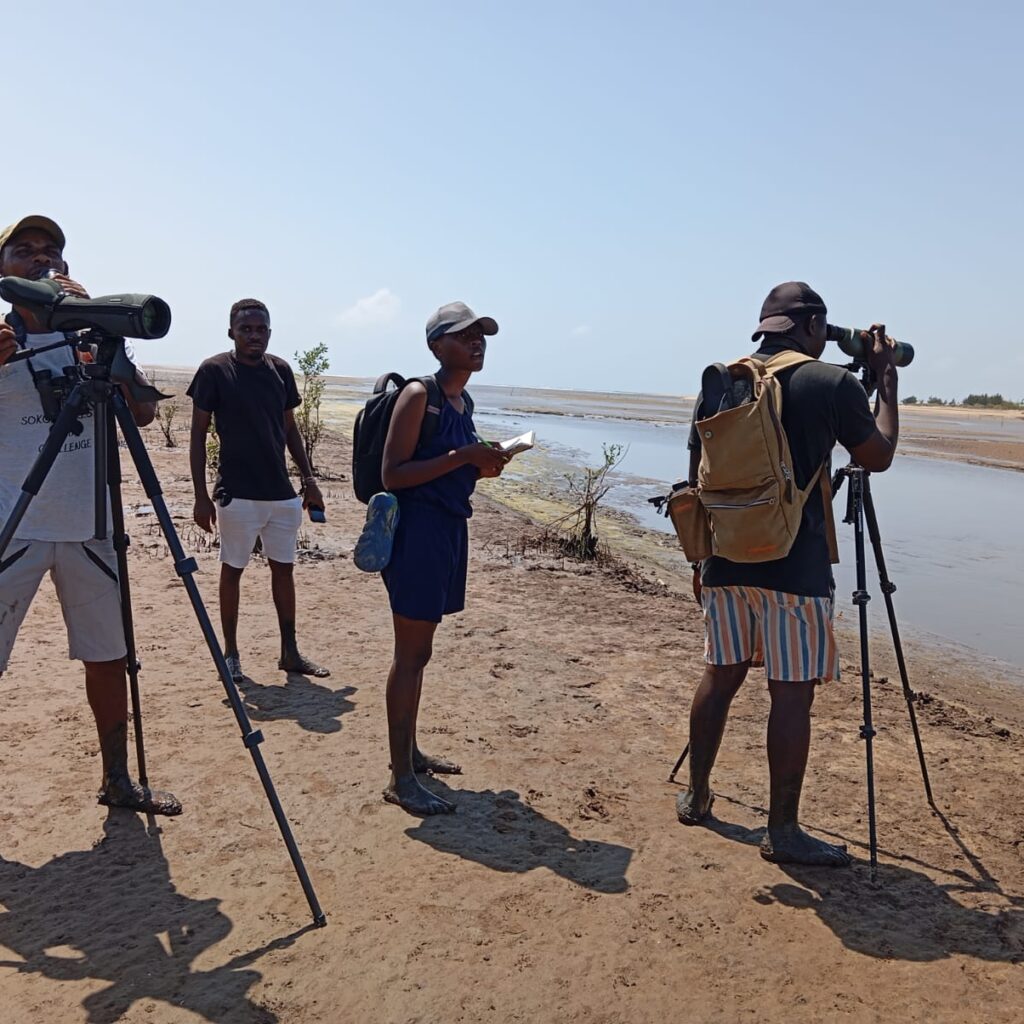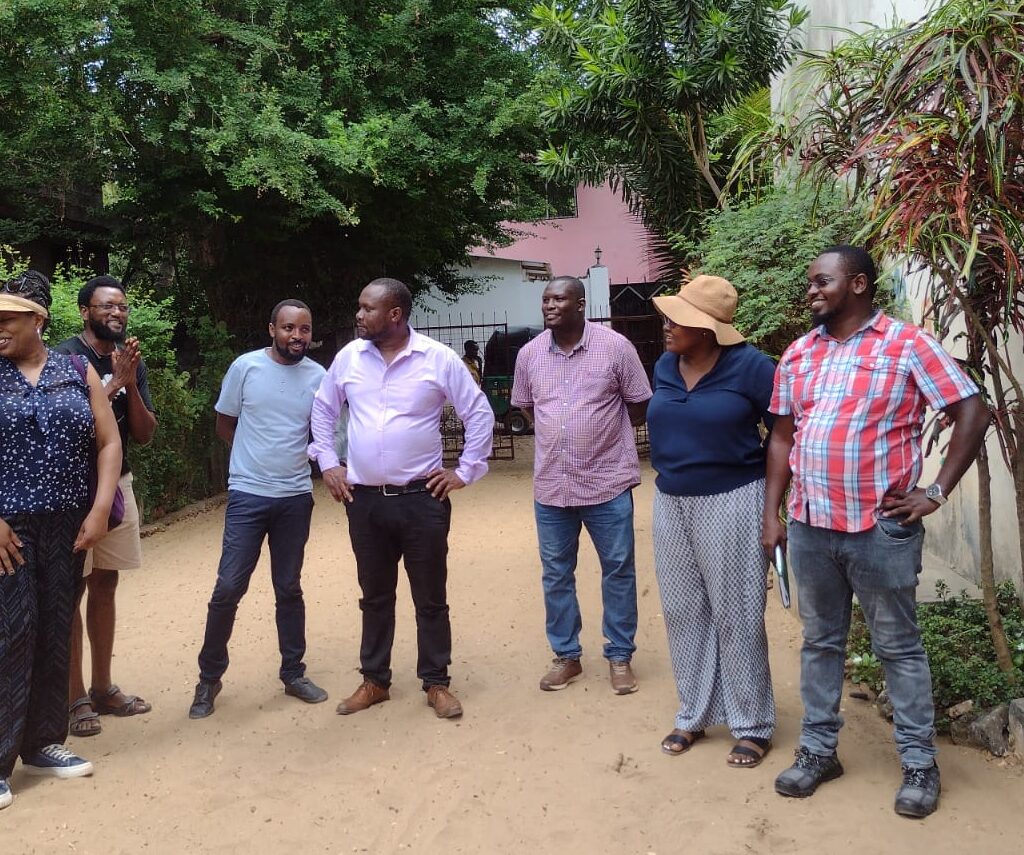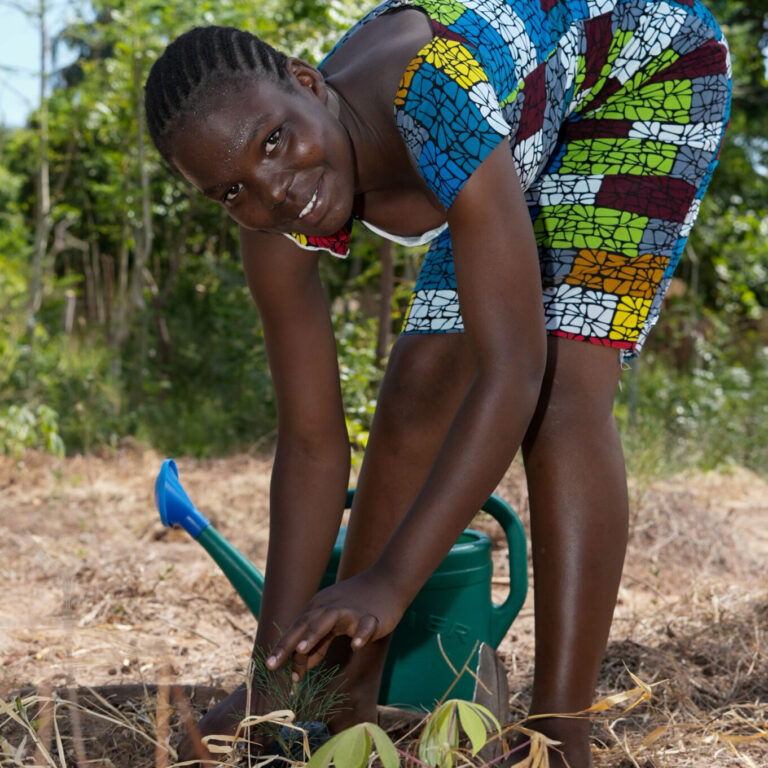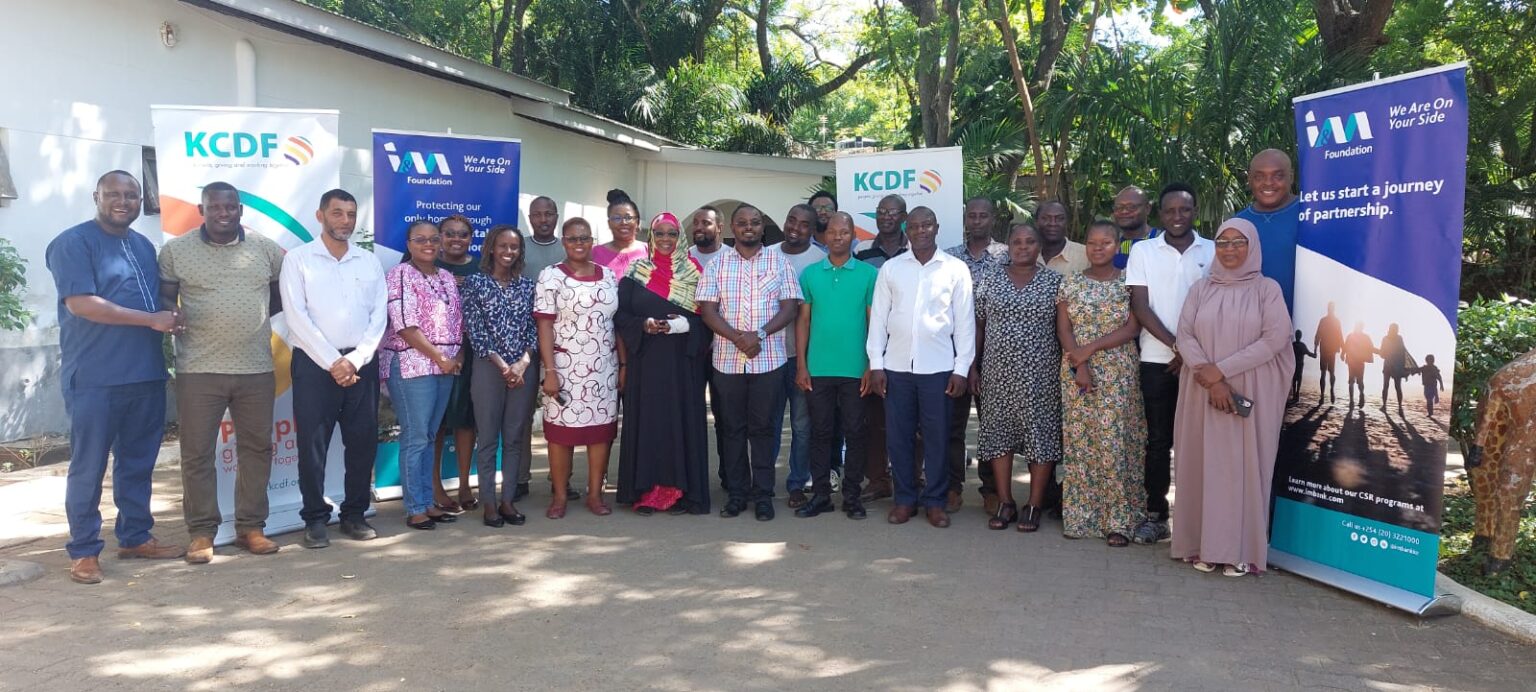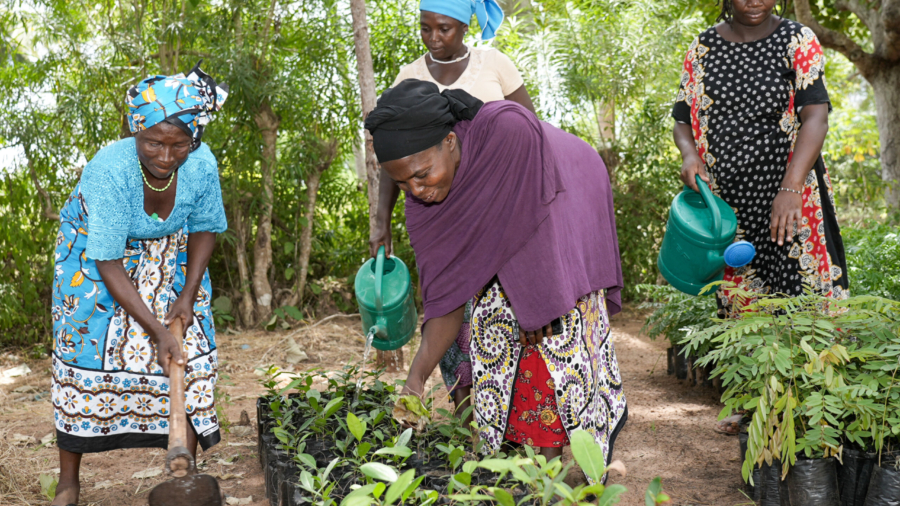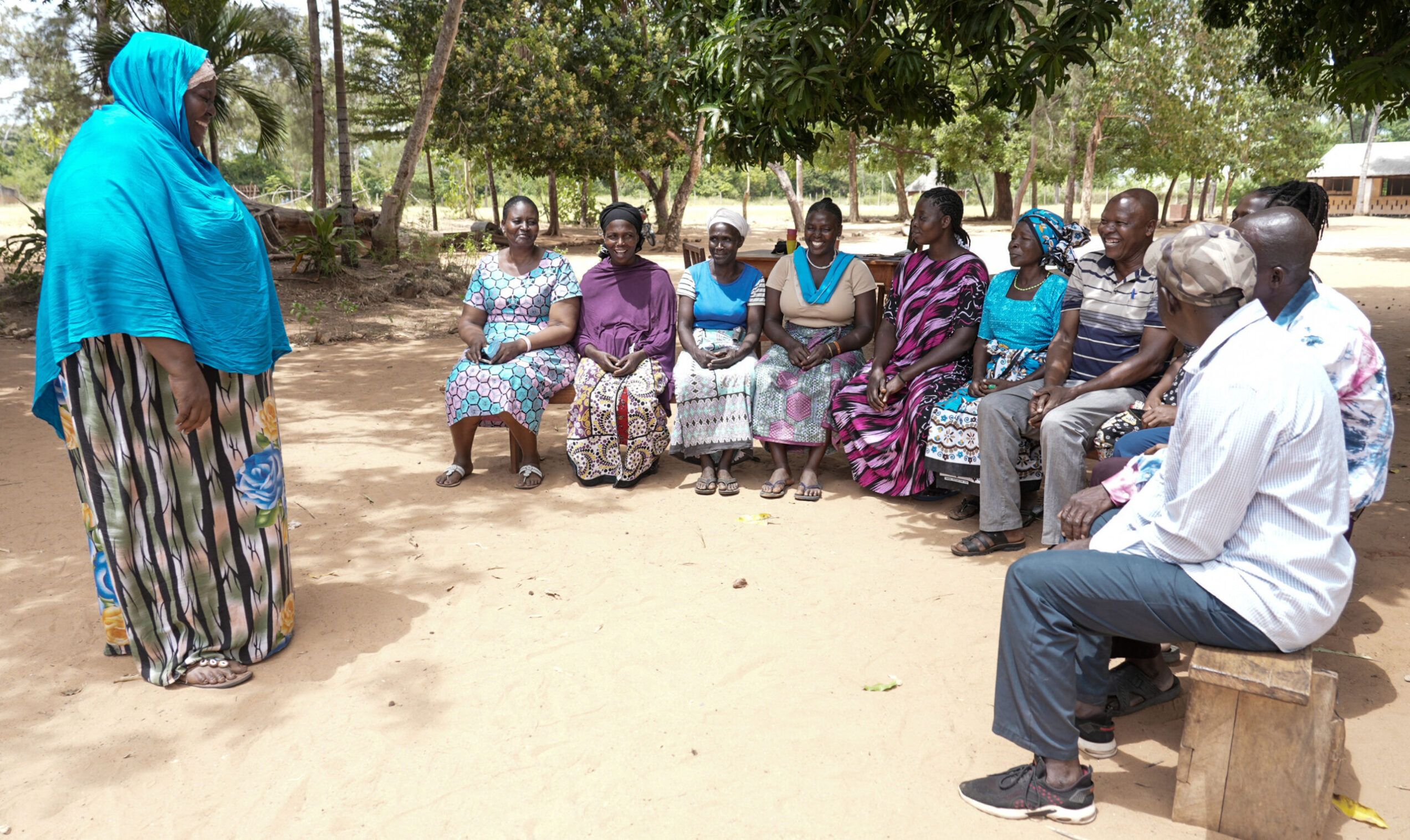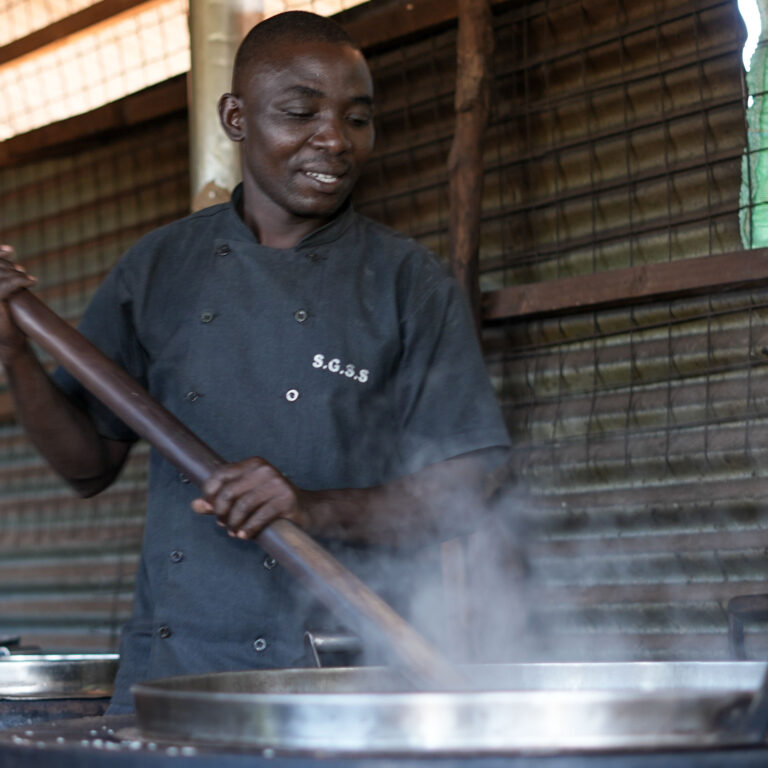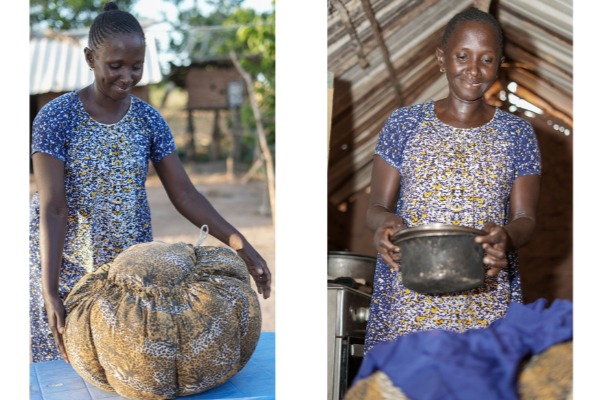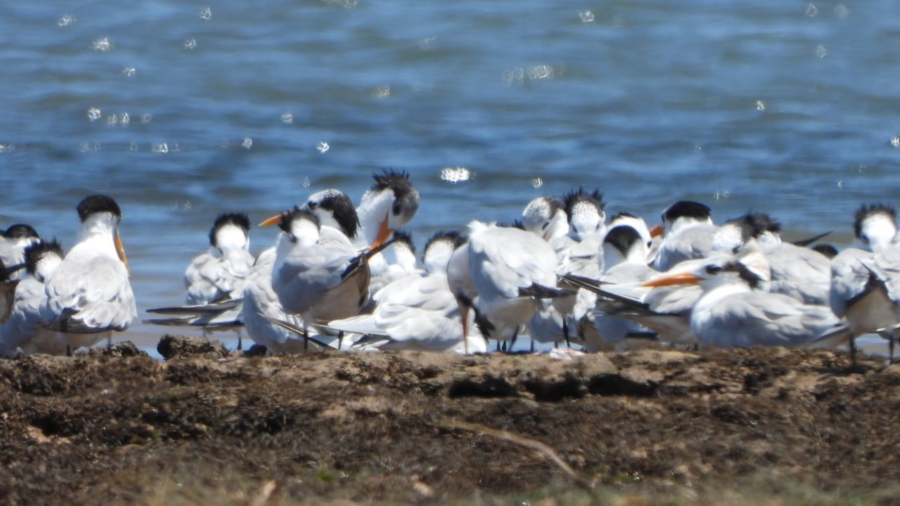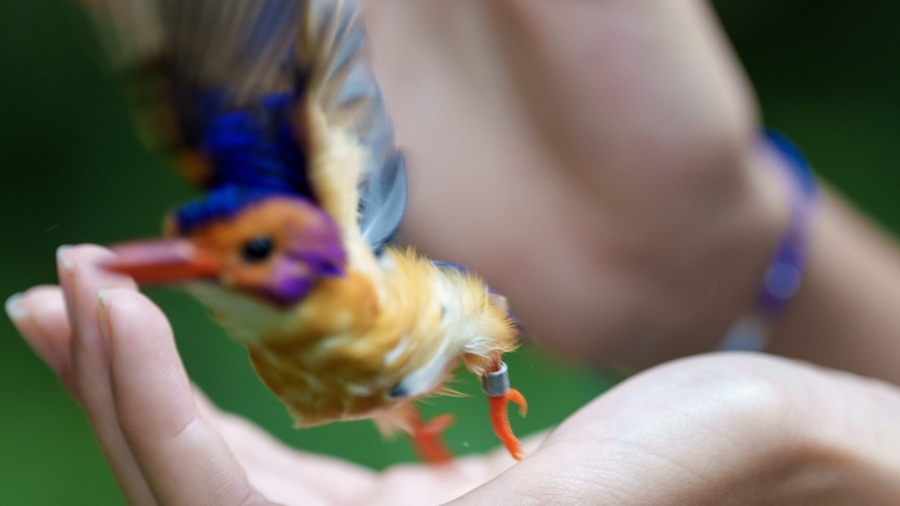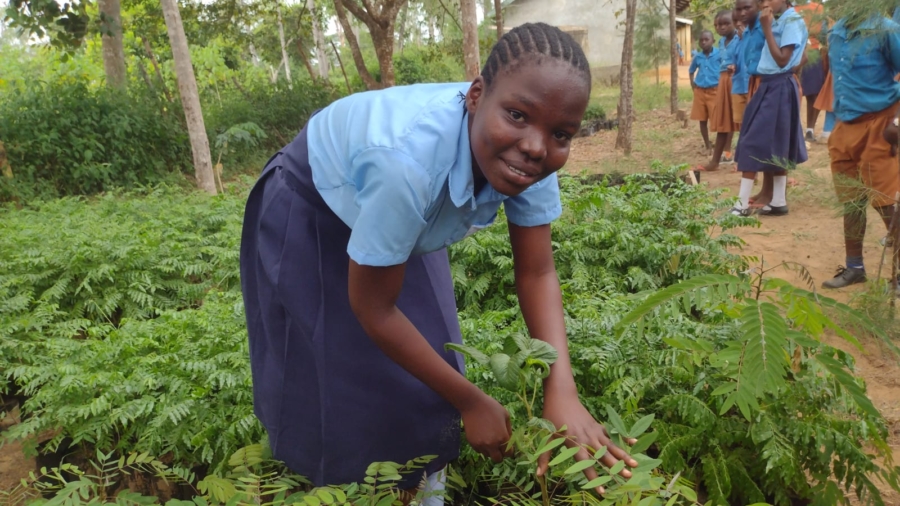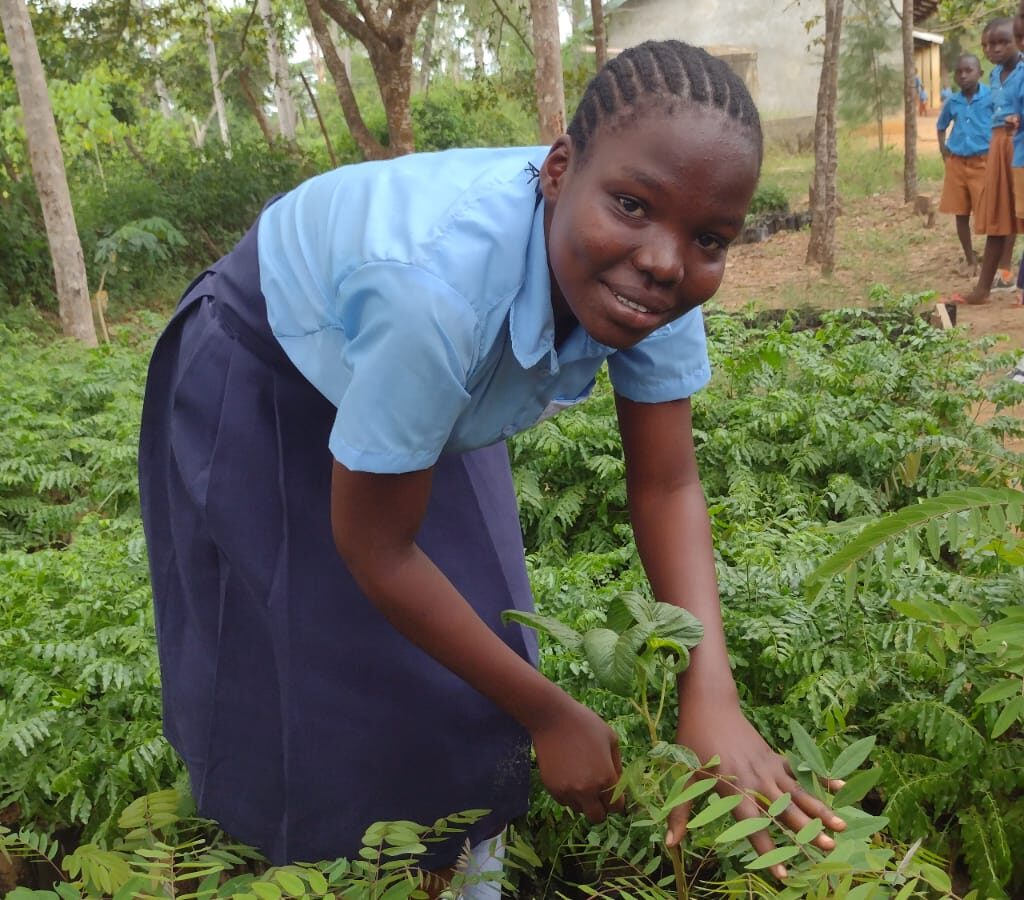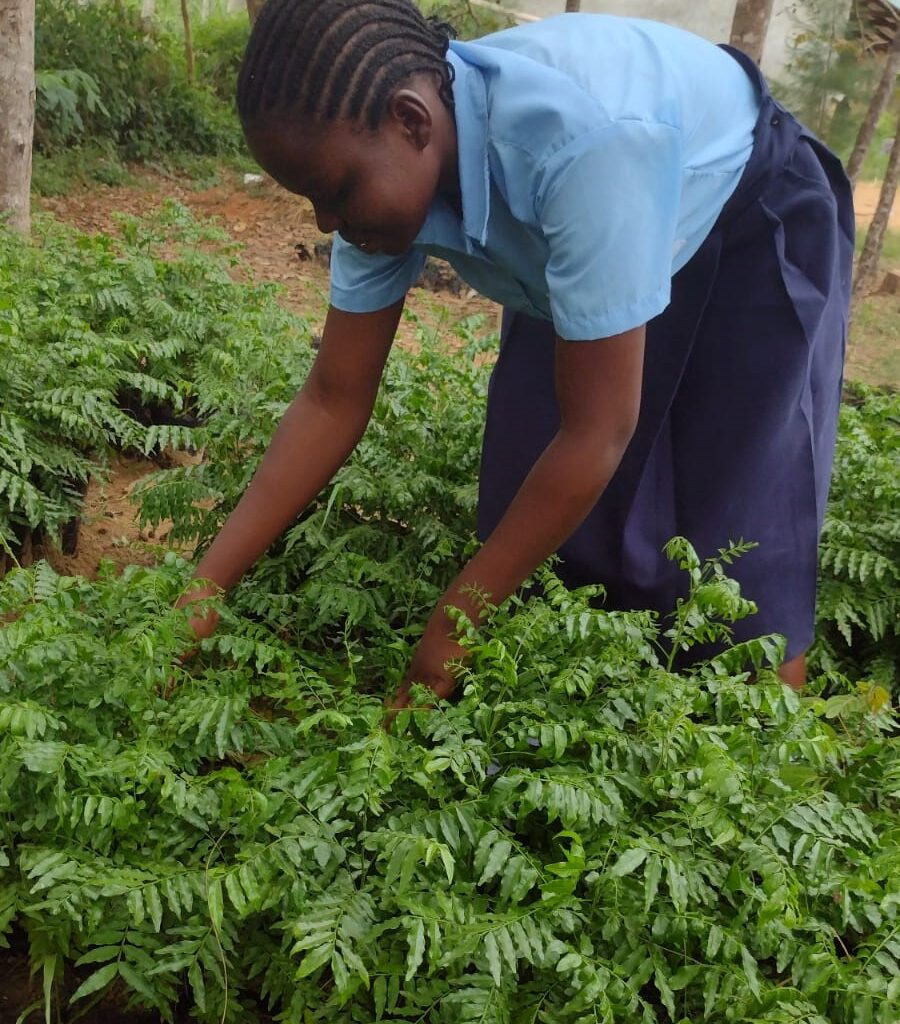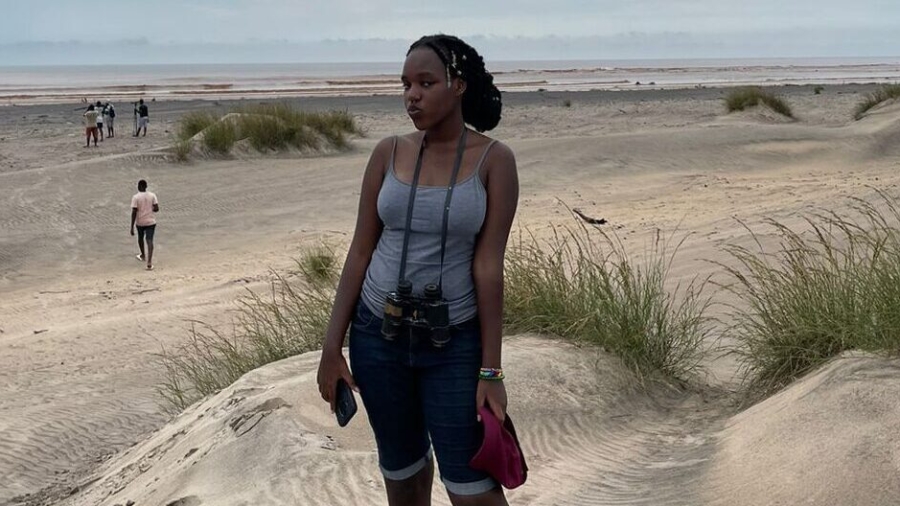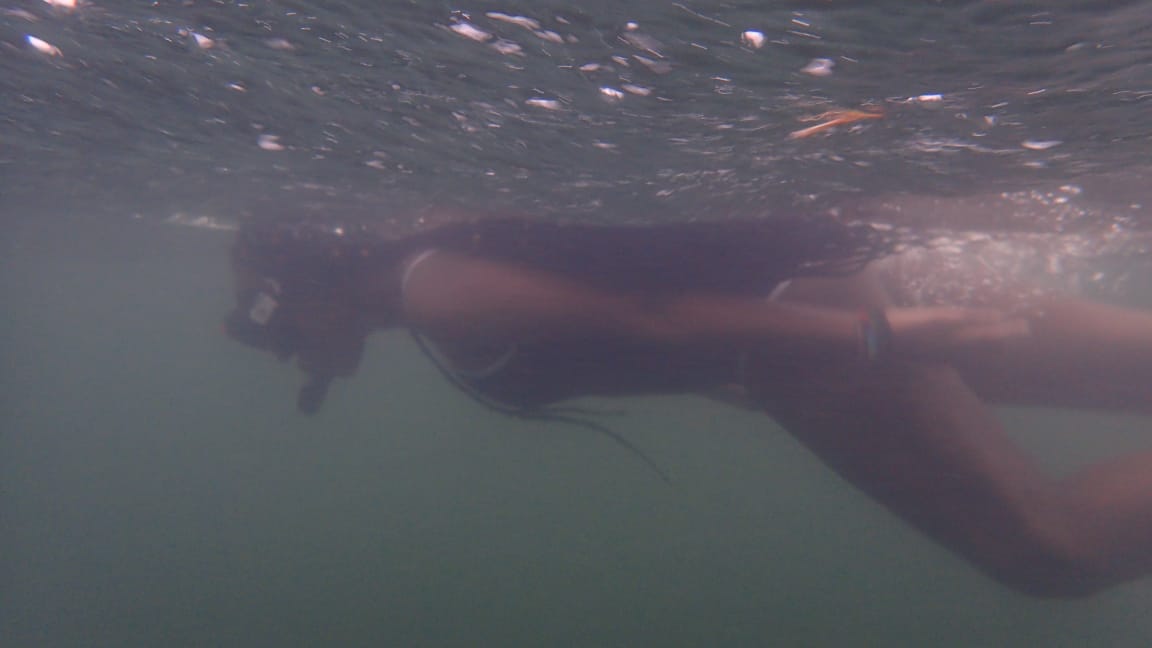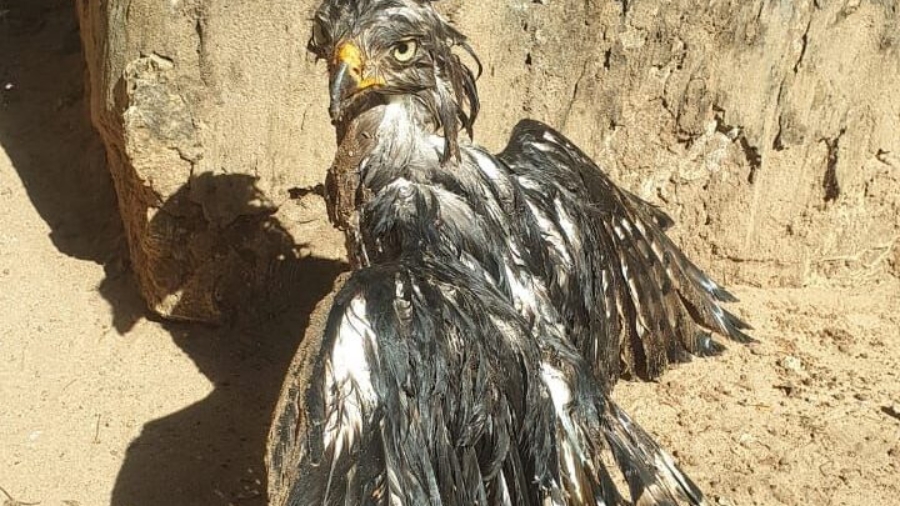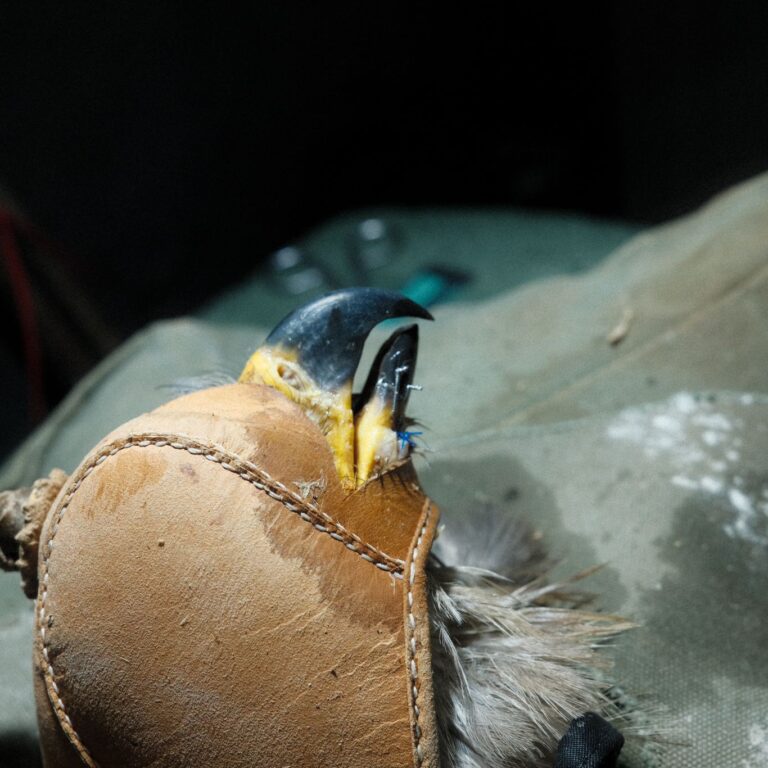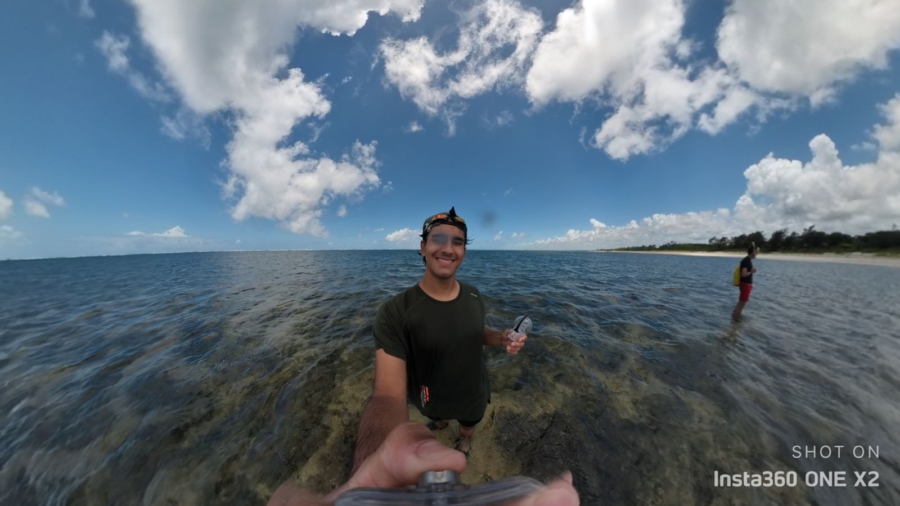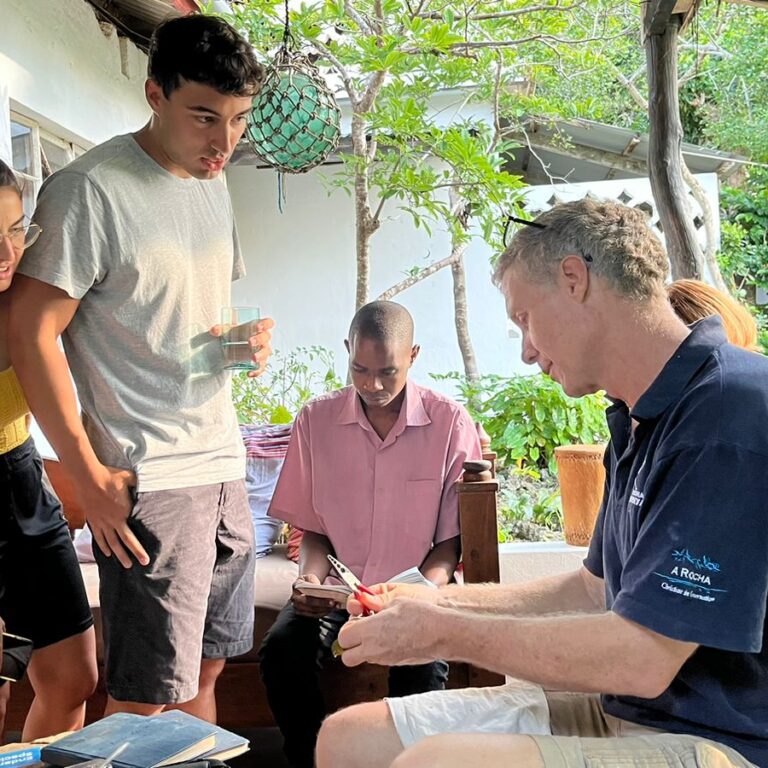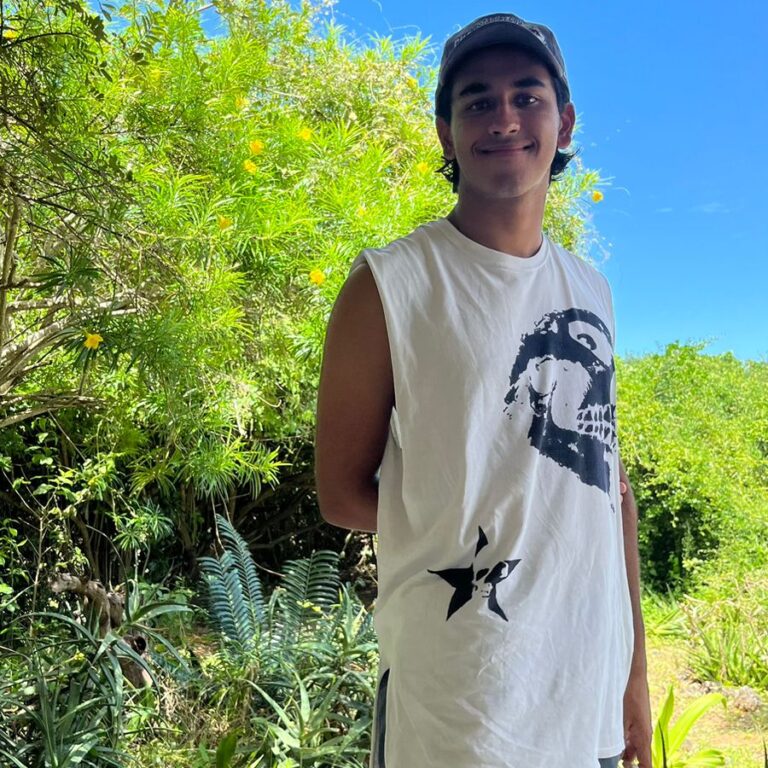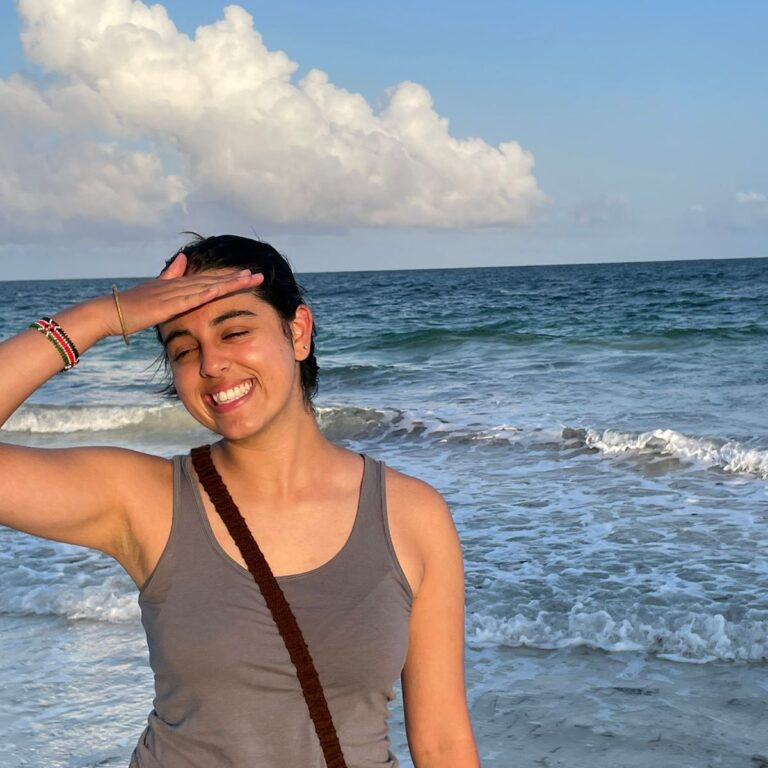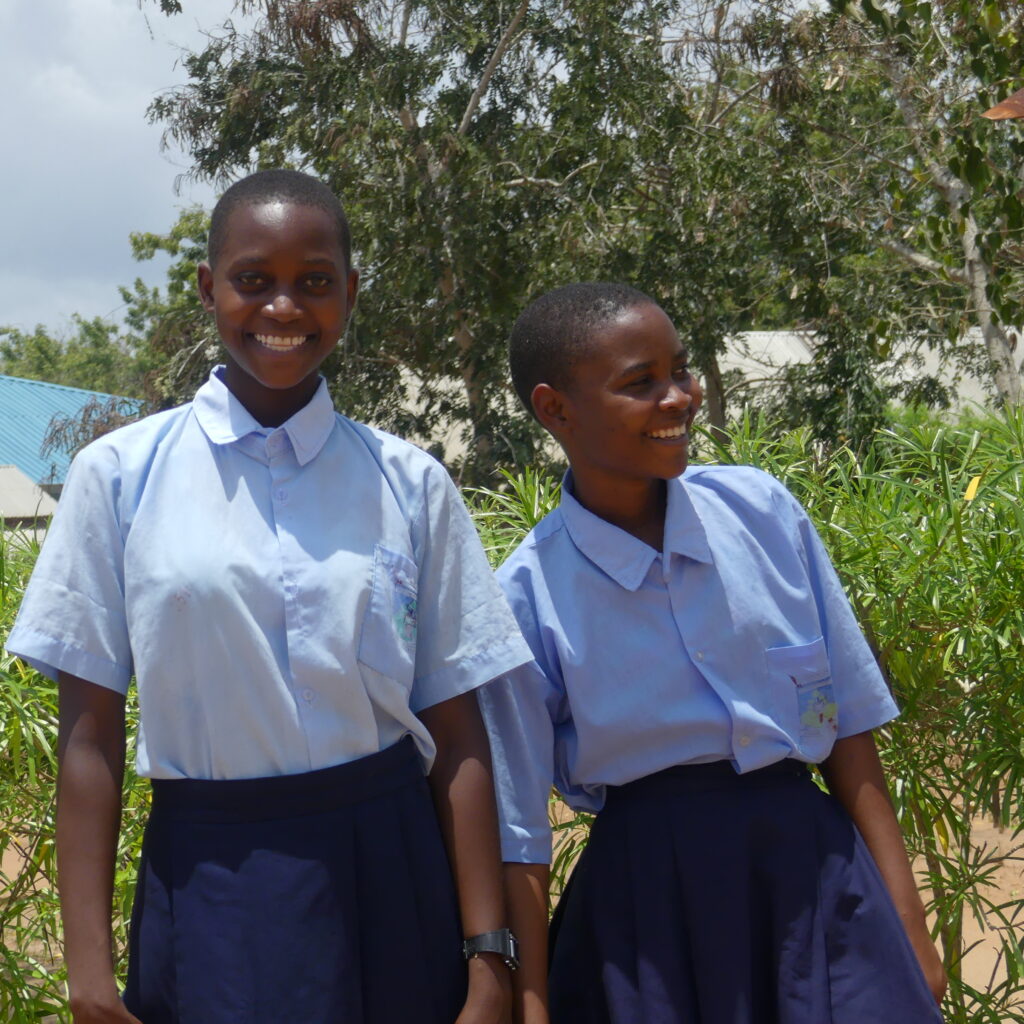A waterbird or aquatic bird is a bird that lives on or around water. The evolution of waterbirds is often mainly centered around adaptations to improve feeding techniques. This includes legs that are adapted to diving or wading and webbing between the toes. The shape of bills is very crucial for filtering from mud or water for food. Most of these adaptations are common between different types of waterbirds. Waterbird count is an annual monitoring activity to collect information on the species and number of waterbirds in wetlands, indicating the health of the wetland.
This year A Rocha team armed with binoculars, telescopes and notebooks embarked on this invigorating activity for three days. We had different teams visiting different sites for the waterbird counts. We recorded a decline in the total number of birds compared to the previous year. The prevailing conditions at the sites indicated extreme deterioration. Here is a compendious report of how the annual waterbird counts went down for the three days.
Day 1-Mida Creek
On Tuesday, 23rd of January marked the first day of the annual waterbird counts. The team led by Mr. Kirao who coordinates the terrestrial projects at A Rocha Kenya. Having packed up the telescopes and data sheets needed for the task, the team set out for Mida creek at 2pm and the counts commenced at 2:20pm.
To the casual eye, you could catch a glimpse of a great flock of grey plovers from a far, such a majestic sight that was, sign of life for the waterbirds. The other species of waterbirds counted included Black-headed heron, common ringed-Plovers, Whimbrel, Little stints who were most of the time hovering over the water. The curlew sandpipers recorded the greatest population of 1161, the little stints recorded a total of 849, greater sand plovers recorded a total of 516 and Terek Sandpipers recorded a total of 265, these were the species that recorded the highest number.
On the flip side we also had species that recorded low population count under 10 like the Lesser crested tern, Sanderlin, Bar-tailed godwit and Eurasian Curlew. A total of 3841 water birds were recorded.
Day2-Lake Mikimba, Gongoni Krystal salt, Sabaki River mouth and Kensalt.
On 24th January 2024 at crack of dawn, the counting crew headed out for what marked the second day of the annual waterbird counts. This time round we had teams splitting because we had four regions to cover for the day. We had team Kirao heading to Lake Mikimba and Gongoni Krystalline Salt LTD and team Colin heading to Sabaki River mouth and Kensalt LTD.
At Sabaki River mouth the count started at 8:30 am. A mangrove lagoon behind the river mouth was noted, it was soddened with shallow waters filled with mud. A total of 3791 waterbirds were counted from this place. Curlew sandpipers recorded the highest number of 915, common ringed plovers recorded 765, Little stints (560) and Sooty gull (356) we also counted Lesser crested Terns, swift terns, Lesser sand plovers and little Egret.
At around the same time Team Kirao were at Lake Mikimba which was covered with a great deal of reeds and water hyacinths. Most of the African-billed storks patched on trees that surrounded the lake. The team positioned their telescopes from a hilly view and counting kicked off. A total of 499 waterbirds were counted. African open-billed stork recorded a total of 450, African Jacana 14, Allun’s gallinule (5). Other species counted from this place included, Malachite kingfisher(1), Black-headed Heron (3), Western Marsh harrier (1), white-winged Black Tern (2), white-faced whistling duck (17).
At 2pm the teams set out to the salty grounds and Team Colin started their counting at Kensalt at 1:52pm. A total of 3255 birds were counted. Little stints recording 1119, Curlew Sandpiper (569) Greater Flamingo (509) common ring plovers (227). Other species of waterbirds included Lesser Flamingoes, Common Sandpipers, Gull-billed Tern, Great White Pelican and Caspian Terns.
Team Kirao started the counting at Gongoni Kaysalt at 2:54 p.m. A total of 3450 waterbirds were recorded. Greater Flamingo were 2627 and 480 Lesser Flamingo. Most of the salt pans were empty due to the high concentration of salt and food for the birds was hard to come by. A huge number of flamingoes were in the water reservoir. There was a small flock of little stints which could not settle for good time because of a hovering raptor (yellow-billed Kite).
Day 3 Lake Mbaratum, Lake Chemchem, Arabuko Swamp, Lake Jilore and Malindi harbor
26th January marked the third day of the annual water bird counts and just as the previous day the teams set out for the journey at 5am in the morning. One team headed to Lake Mbaratum and Lake Chemchem while the other proceeded to Arabuko swamp and Lake Jilore.
Counting at Arabuko swamp started at 6:56 am, the species counted included Knob-billed duck (21), whistling Duck (27), African Fish eagle (4), African Jacana (4), Lesser Moorhen (1) and Wood Sandpiper (3). The counting ended at 7:44am and the same team headed to Lake Jilore and counting began at 09:44 am.
A total of 24 birds were counted, open billed stork (15), African Jacana (4), Wood sandpiper (1), white faced whistling duck (1).
The other team made their first stop at Lake Mbaratum and a total of 36 waterbirds were counted. Fulvous whistling duck (5), Little grebe (6), Pygmy geese (2) White backed duck, Black-headed heron, Grey-headed kingfisher, Squacco Heron and Wood Sandpiper. At Lake Chemchem, the water level was 20 metres from the main counting hill. The water was covered with reeds, and there was only 15% of open water. A total of 133 birds were recorded with Open-bill stork with the highest number (62).
The teams merged and counting at Malindi Harbor kicked off at 11:30 am, counting was done at low tides, massive area was exposed for feeding and it was such a calm environment. The total number of birds recorded were 817 with 411 being the Lesser-crested terns. The counting ceased at 12:30pm.
